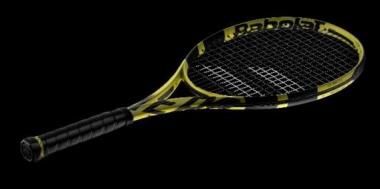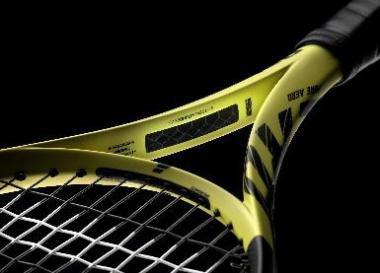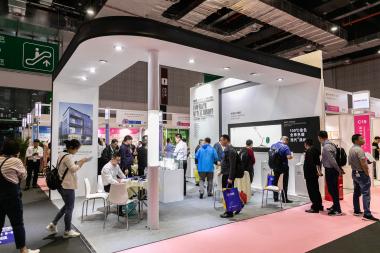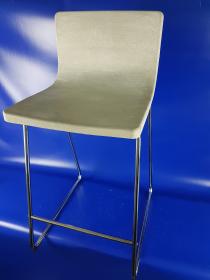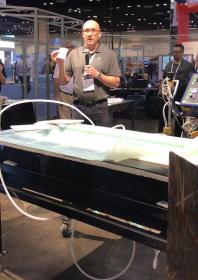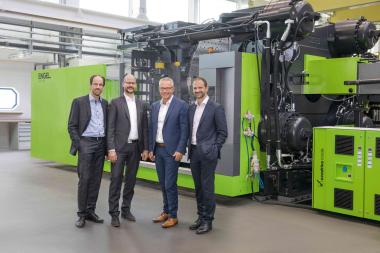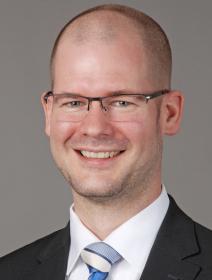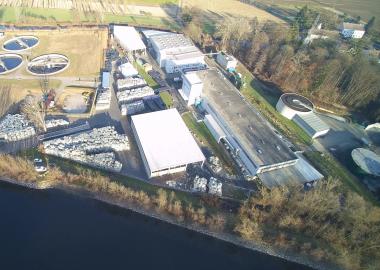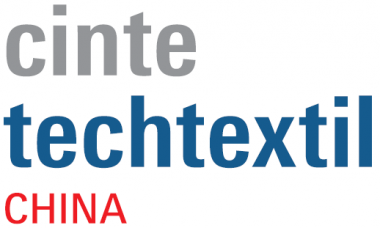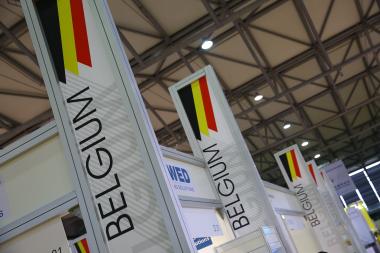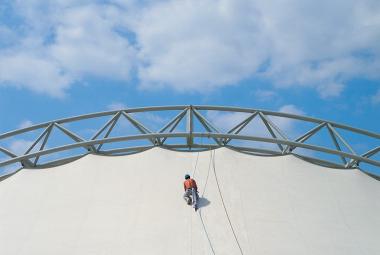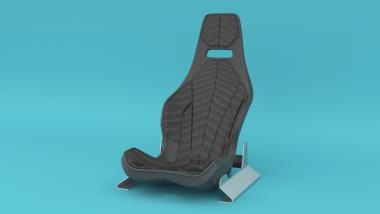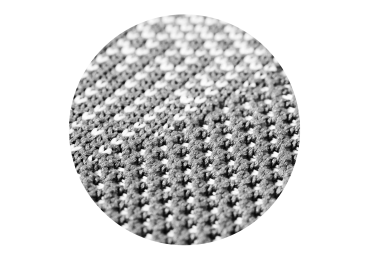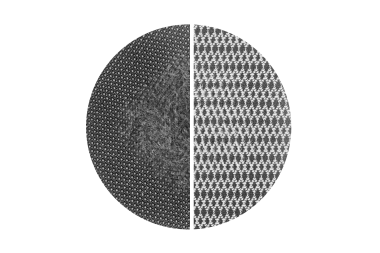Chromarat expertise: At the hear of BABOLAT’s new tennis racket, “PURE AERO”
CHOMARAT, the expert in composites reinforcements, is the partner of BABOLAT with its multiaxial carbon, C-PLY™ Hexagonal. Indeed, the specialist racket sports goods manufacturer is launching the new version of the BABOLAT’s Pure Aero. A combination of ultra-modern design and high performance, this tennis racket for champions has made an appearance on the courts of the Rolex Paris Masters. “We are very proud to be chosen by BABOLAT. Our new carbon reinforcement, added to the heart of the racket, enables better control and makes each shot more precise and stable,” says Pascal JOUBERT DES OUCHES, Sports Equipment Market Director at CHOMARAT.
C-PLYTM HEXAGONAL, THE PERFECT ALLIANCE OF PERFORMANCE & DESIGN
The addition of C-PLY™, CHOMARAT’s multiaxial carbon reinforcement, to the core of the BABOLAT’s Pure Aero has increased the racket’s stability while enhancing its performance. The specificity of the reinforcement lies in its stitching thread. “This unique thread brings out the color of the resin pigments because it has been designed to remain visible after its impregnation. It also contributes to extra reinforcement and an exceptional design!” concludes Pascal JOUBERT DES OUCHES.


